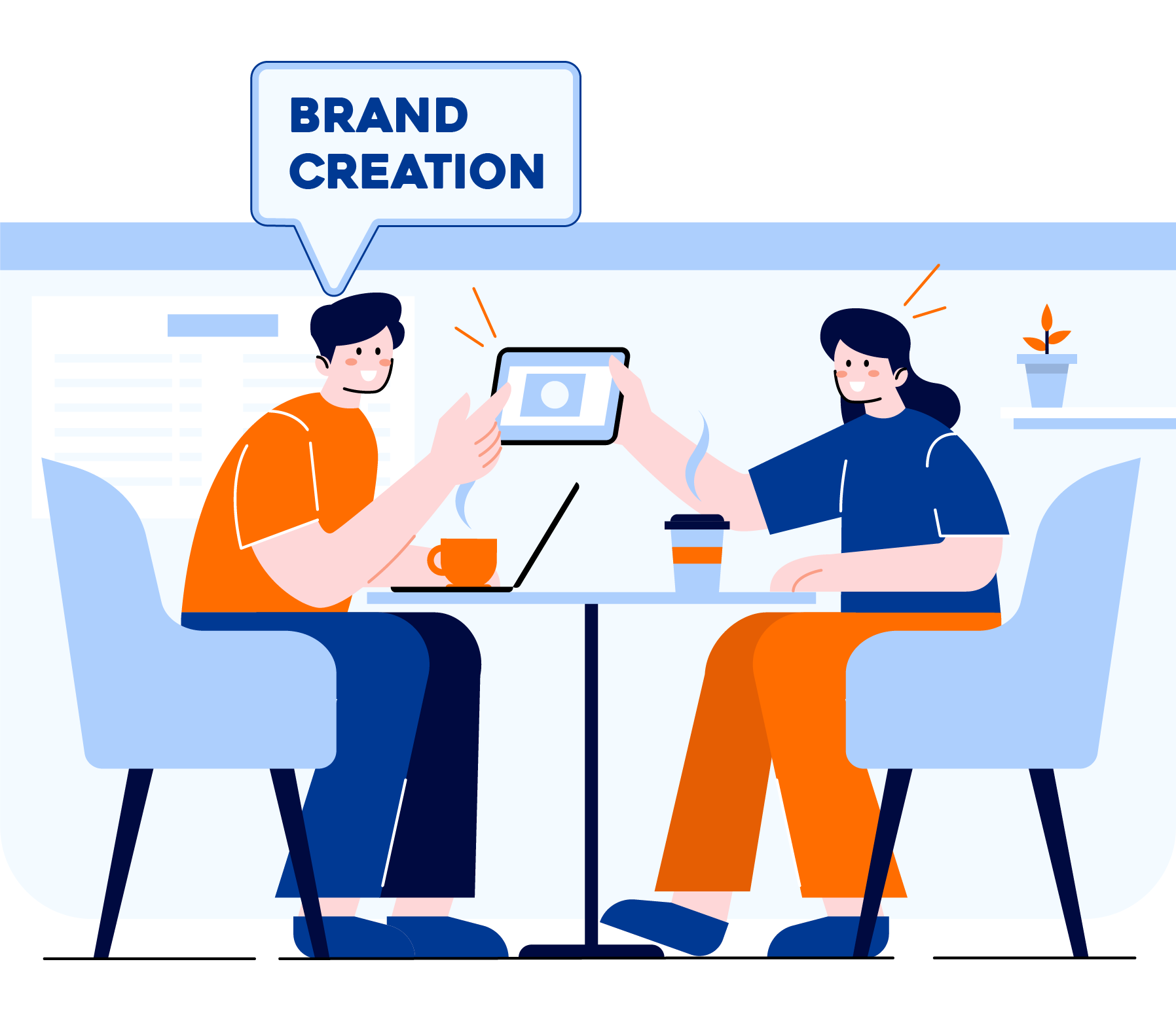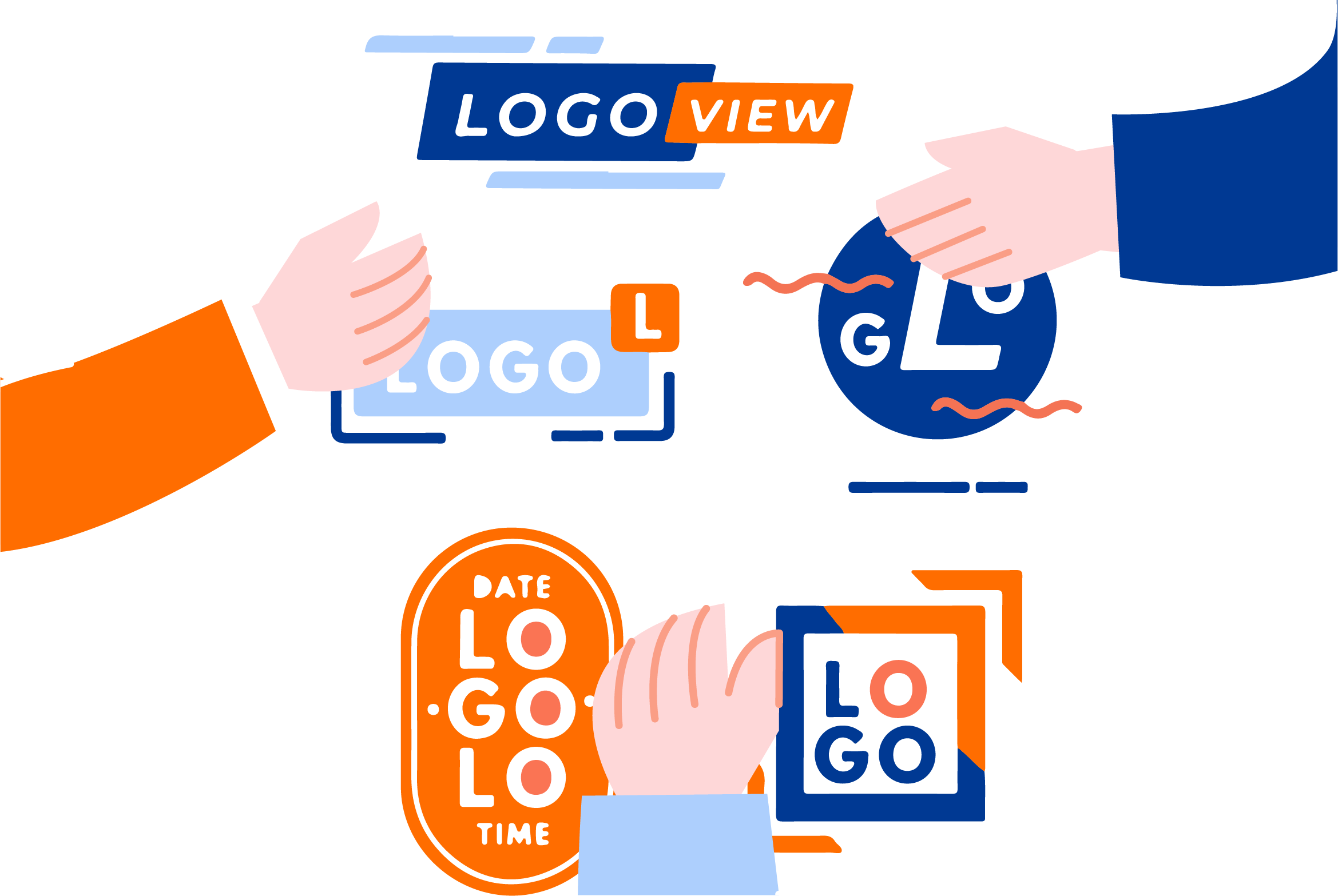Your logo can make or break your business. We've seen it happen repeatedly over the past few years.
Mess up your logo design and you might as well throw your business plan out the window. But ask the right questions upfront? That's what turns a generic symbol into something people actually remember.
If you're a designer, the right questions save you from endless revisions and confused clients. If you're a business owner, they force you to figure out what your brand stands for before you start designing. It could also help you create a comprehensive creative brief for your logo designer.
We've put together 25 questions that matter (with a bonus at the end!), broken down into five categories that'll guide you through the whole process. No fluff, just the questions to ask that separate logos that work from ones that don't.
1. Brand Identity Questions

Your business logo is doing much of the heavy lifting for your brand whether you realize it or not. Getting this foundation right means everything else falls into place easier.
These questions aren't busy work. They're what separates logos that mean something from ones that just sit there looking pretty.
- What does your brand actually stand for? (Not the fluffy mission statement, but what you really believe)
- Who is your target audience? (Get specific. “Everyone" isn't a valid answer.)
- What should people feel when they see your logo? (Trustworthy? Cutting-edge? Approachable?)
- What makes you different from everyone else doing what you do?
- How would you describe your brand if it were a person? (Serious? Fun? Rebellious?)
Ok, yeah, this might feel like a lot of thinking before you even start sketching. But nailing the answers now means you won't be wandering around hoping something works. You'll have something concrete to work with.
2. Market Research and Competitor Analysis

Looking at what your competitors do helps you understand the playing field. This puts you in a better position to either play the game better or flip the board entirely.
Your industry has its own visual language. Some industries love clean, minimal logos. Others go bold and colorful. Sustainable brands, for example, are practically obligated to have green logos. On the other hand, tech companies often favor blue logos for their perceived meanings of security.
Knowing these parameters could help you decide whether to fit in or stand out on purpose.
- Who are your top competitors? What do their logos look like? (We suggest a spreadsheet for this, complete with critiques and pros and cons)
- What design elements (fonts, colors, icons) are common in your industry?
- What visual branding gaps exist in your market?
- What logos do your customers already recognize and trust?
- What trends in logo design are shaping your industry in 2025?
This homework does two things. First, it shows you white space where nobody's playing. Second, it keeps you from accidentally blending into the crowd when you are meant to be different and stand out.
Plus, you'll avoid that awkward moment when your "totally original" logo looks exactly like three other companies in your market. Your customers shouldn't have to squint to determine which business they're looking at.
3. Creative Direction and Design Preferences

Without direction, you're throwing darts blindfolded. You might hit something, but it’s probably not what you were aiming for. These questions help you figure out what you're shooting for.
- Do you want just text (like a wordmark logo), just a symbol, or both together?
- What logos make you stop and think, "Yeah, that's good,” and what is it about them?
- Any fonts, shapes, or symbols that are definitely in? Which ones are definitely out?
- What colors make sense for what you do and who you're trying to reach?
- Are you going for clean and minimalist, retro, sharp, and geometric, or something more artistic?
Answering these questions means the difference between "make it look good" and "make it look like this specific thing we're trying to be." One direction gets you somewhere. The other gets you 50 random concepts that all miss the mark.
4. Practical and Functional Questions

Once you’ve established your brand identity, done your market research, and determined your creative direction, it’s time to dive into the nitty-gritty of actually designing your logo. The following questions when designing a logo should help designers and business owners ensure that their logo performs well in real-world scenarios.
- Will the logo be used across digital and physical platforms (web, app, signage, merch)?
- Does the logo scale well from favicon size to billboard size?
- How does the logo look in black and white or on different backgrounds?
- Is the design accessible to everyone, including those with visual impairments?
- Are there responsive or alternate versions (horizontal, stacked, icon-only)?
Remember that a great logo is versatile. Make sure yours works anywhere your brand shows up.
5. Project Scope and Feedback Process Questions

Logo projects often spiral into endless revision cycles, missed deadlines, and frustrated stakeholders when there aren’t any clear boundaries and protocols. The next set of logo questions is designed to ensure you have those.
A well-defined process ensures that all parties understand their roles, timelines, and decision-making authority from the project's inception. And yes, this is necessary even if you're DIY-ing your logo creation.
- What is the project timeline and final deadline?
- How many logo concepts do you expect to receive?
- How many rounds of revisions are included?
- Who are the key decision-makers and stakeholders?
- How will feedback be collected and communicated?
- What time tracking or project management software will be used to monitor progress?
Answering these ensures the project stays on track and avoids unnecessary revisions.
Bonus Section: Legal and Ownership Questions
Congratulations, you now have your logo! But what happens next? If you designed it yourself via a logo maker, the platform should have everything you need to know about licensing and ownership.
But if you went the DFY (done-for-you) route, here are the logo questions you must ask. Your replies to these logo questions will help protect you from disputes and ensure future use rights.
- Has a trademark search been conducted for similar logos?
- Will your logo need to be trademarkable globally?
- Who will legally own the final logo design files?
- Will the logo include any copyrighted or third-party elements?
- Do you need different copyright versions for different countries?
Legal clarity early on ensures your logo remains yours forever.
Conclusion
Some might think asking these 25 (ok, 30) questions is overkill. But knowing the answers before you begin ensures your design process is thoughtful and strategic. Taking the time to plan carefully means that what you’ve created is built for long-term success.
Need some help remembering these questions? Here’s a handy checklist to help you stay on track:

Whether you're DIYing your logo or working with professionals, this checklist helps you stay aligned with your brand’s goals and values.
Ready to design a logo that lasts? Use these questions as your blueprint, or let the global community of designers at DesignCrowd bring your vision to life.
Read more on logo design:
Original Artwork by Selwyn Legaspi
Written by DesignCrowd on Tuesday, July 8, 2025
DesignCrowd is an online marketplace providing logo, website, print and graphic design services by providing access to freelance graphic designers and design studios around the world.

